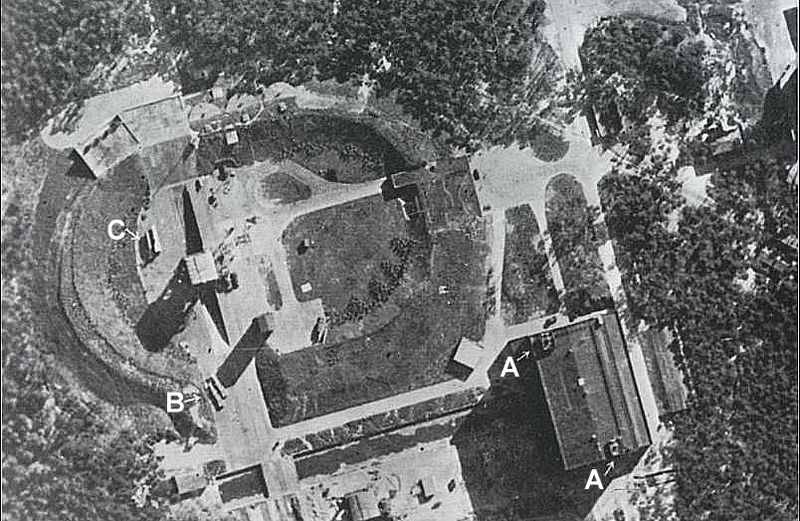Datei:Peenemunde-165515.jpg
Zur Navigation springen
Zur Suche springen

Größe dieser Vorschau: 800 × 521 Pixel. Weitere Auflösungen: 320 × 209 Pixel | 640 × 417 Pixel | 804 × 524 Pixel
Originaldatei (804 × 524 Pixel, Dateigröße: 301 KB, MIME-Typ: image/jpeg)
Dateiversionen
Klicke auf einen Zeitpunkt, um diese Version zu laden.
| Version vom | Vorschaubild | Maße | Benutzer | Kommentar | |
|---|---|---|---|---|---|
| aktuell | 15:00, 25. Nov. 2013 |  | 804 × 524 (301 KB) | Soerfm | Annotation |
| 09:55, 4. Okt. 2007 |  | 804 × 524 (274 KB) | CarolSpears | {{Information |Description=An aerial view of Peenemünde, Germany where Konrad Dannenberg designed and tested the first successful rocket launches. |Source=http://www.nasa.gov/centers/kennedy/images/content/165515main_peenemunde.jpg |Date= uploaded ~~~~~ |
Dateiverwendung
Die folgenden 2 Seiten verwenden diese Datei:
Globale Dateiverwendung
Die nachfolgenden anderen Wikis verwenden diese Datei:
- Verwendung auf be.wikipedia.org
- Verwendung auf bg.wikipedia.org
- Verwendung auf ca.wikipedia.org
- Verwendung auf da.wikipedia.org
- Verwendung auf en.wikipedia.org
- Verwendung auf es.wikipedia.org
- Verwendung auf fa.wikipedia.org
- Verwendung auf fr.wikipedia.org
- Verwendung auf it.wikipedia.org
- Verwendung auf pl.wikipedia.org
- Verwendung auf pms.wikipedia.org
- Verwendung auf pt.wikipedia.org
- Verwendung auf ru.wikipedia.org
- Verwendung auf sl.wikipedia.org
- Verwendung auf th.wikipedia.org
- Verwendung auf tr.wikipedia.org
- Verwendung auf uk.wikipedia.org
- Verwendung auf www.wikidata.org
